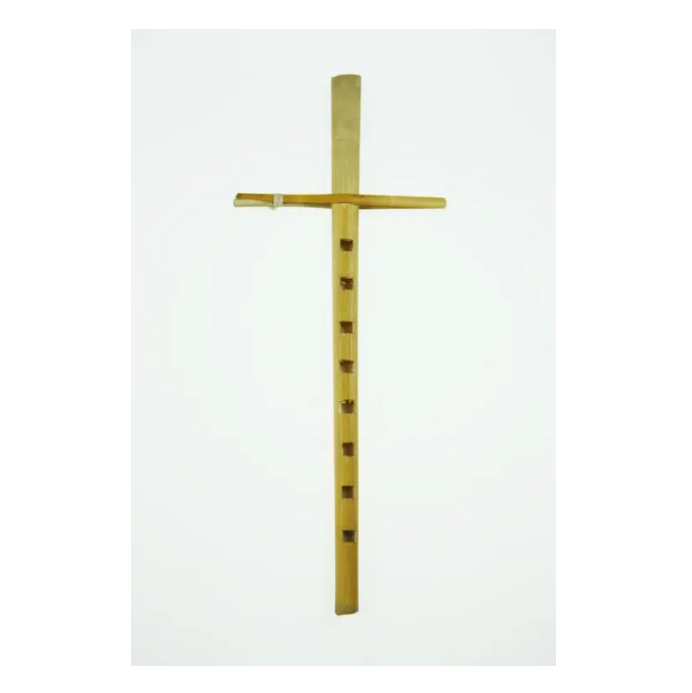Balaman overview
 Balaman (pinyin: bā lā màn) is a double-reed gas-sounding instrument of the Uyghur and Uzbek ethnic groups. It is also known as Pippi, Bibi, and Balaman Pippi in the folk. In Chinese historical records, it has been translated as Balaman. It is also known as reed flute and reed pipe. It is popular all over the Xinjiang Uygur Autonomous Region, especially in Hotan, Maigaiti, Yarkand in southern Xinjiang, Shanshan and Turpan in eastern Xinjiang.
Balaman (pinyin: bā lā màn) is a double-reed gas-sounding instrument of the Uyghur and Uzbek ethnic groups. It is also known as Pippi, Bibi, and Balaman Pippi in the folk. In Chinese historical records, it has been translated as Balaman. It is also known as reed flute and reed pipe. It is popular all over the Xinjiang Uygur Autonomous Region, especially in Hotan, Maigaiti, Yarkand in southern Xinjiang, Shanshan and Turpan in eastern Xinjiang.historical. Balaman is an ancient 筚篥, which has been circulated in Qiuci (now Kuqa and Baicheng, Xinjiang) in the Western Regions as early as the Western Han Dynasty. There is an image of playing Balaman. At the end of the Eastern Jin Dynasty, Balaman was passed on to the Central Plains along the "Silk Road" along with Qiuci Le. After being passed down from generation to generation, the Qing Dynasty became one of the court musical instruments. Qing Dynasty's "Dynasty Ritual Schema" listed it as "Huibu Music".
Balaman, which is popular among Uyghur and Uzbek folks, still maintains its ancient form. The tube body reed system is made of a kind of dry reed grown locally. The tube body is tough, the tube length is 28 cm to 34 cm, the outer diameter of the tail end is 1.2 cm, the inner diameter is 0.8 cm, and the thickness of the tube wall is 0.2 cm. The upper end of the tube is thinned and flattened to become the mouthpiece of the double-reed reed. The length of the reed is about 4 cm. In order to prevent the double-reed reed from being deformed, two bamboo or wood pieces are also clamped under the reed whistle, tied with ropes, and clamped. Both ends of the piece are decorated with red ribbons. So the upper end of the Balaman is in the shape of a cross. On the front of the middle and lower part of the pipe body, there are eight square sound holes, each hole is 0.7 cm long and wide, and the hole spacing is 1.8 cm.
- Chinese name:Balaman
- alias:Pippi, Bibi, Barramumpi
- popular area:All parts of Xinjiang Uygur Autonomous Region
- pinyin:bā lā màn
overview of other similar instruments
- sanyanxiao overview
- Daguangxian overview
- Leiqin overview
- hahao overview
- yandundagu overview
- Han Xiaozheng overview
- Fang Xiang overview
- guanzi overview
- zhuqin (Dao Qin) overview
- zhuiqin overview
- bangzi overview
- three-stringed piano overview
- Gehu overview
- xiao overview
- xiaokonghou overview
- Konghou overview
- Sheng overview
- suona overview
- hulusi overview
- gushao overview
 渝公网安备 50010702504639号
渝公网安备 50010702504639号